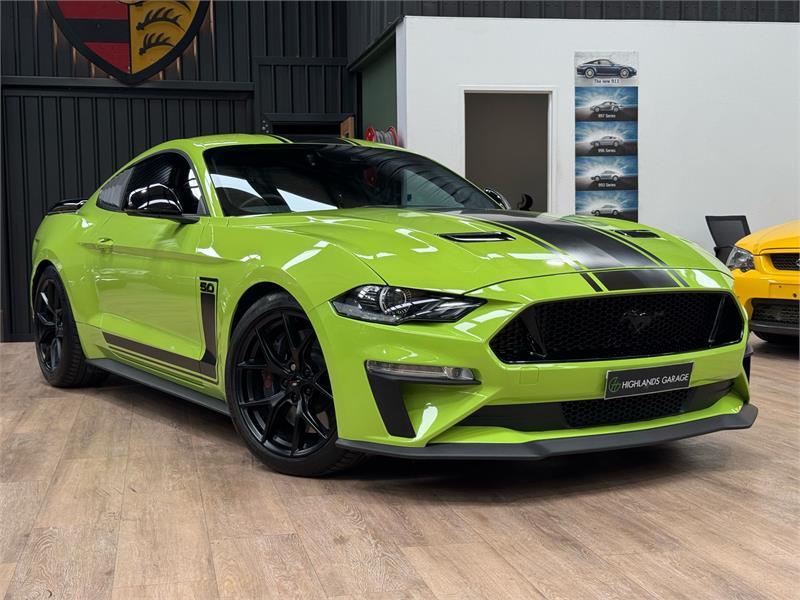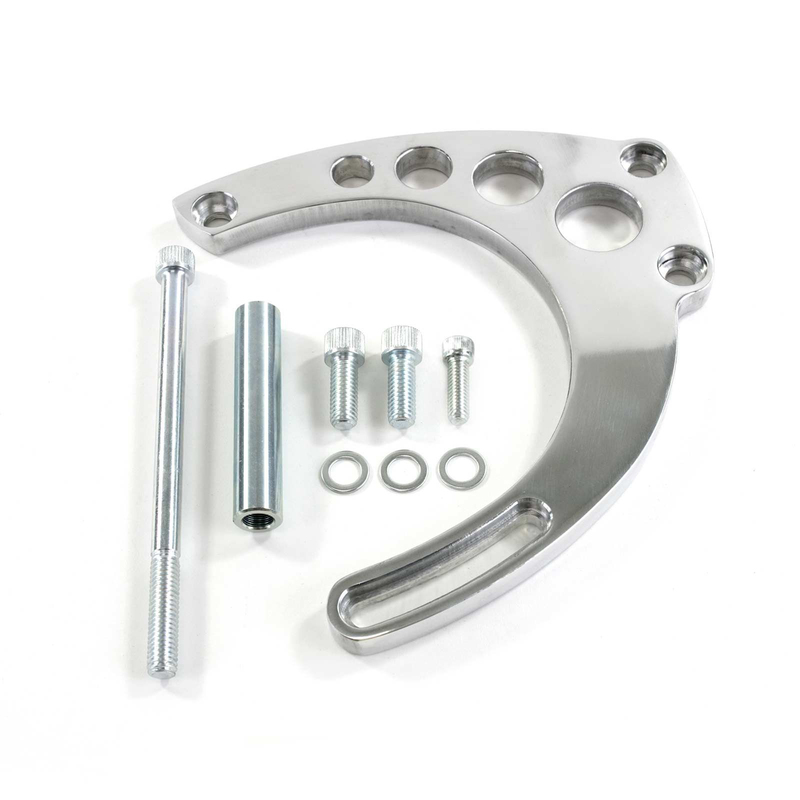Poster Child – 1967 Shelby GT500
Words: Isaac Bober via Practicalmotoring.com.au
Photos: Manufacturer
Anyone with even a passing interest in muscle cars will know the name Carroll Shelby.
A successful racer before he was a car designer and constructor, Shelby’s connection to Ford started by combining the British-built AC Ace roadster with all-American Ford V8 engines. The result was the AC Cobra: an automotive icon and one of the most copied cars of all time.
Shelby was also involved with Ford’s GT40 endurance racing programme, where his recommendations applied to the race-winning MkII and MkIV variants.
The collaboration on the Mustang started in late 1964 and was driven as much by Shelby as Ford, with a dual development programme of road cars and race cars; the latter aiming to win on the track to benefit sales of the former.
Based on the Mustang fastback, the ‘Shelby Mustang GT350’ first appeared in 1965 and, with 562 sold, was successful enough to continue into 1966.
Losing the Mustang tag and marketed purely as the ‘Shelby GT350’ for ’66, production leapt to almost 2,400, almost half of which was attributed to car rental company Hertz, who added over 1,000 GT 350s to their fleet at the request of Ford (their major shareholder).
In 1967, the GT350 was redesigned, with a longer bonnet and modifications to the bumpers and grille to help differentiate Shelbys from the regular Mustang. Separate high-beam headlights were a neat touch and the horizontal tail lights from a 1967 Mercury Cougar helped to further separate the Shelby models from their Mustang donor cars.



The ’67 GT350 hit the street with a 4.7-litre (289ci) V8 thumping out 306 horsepower, with peak power arriving at the 6000rpm redline. The GT350 could hit 96km/h in around seven seconds, which is quick even by today’s standards.
The family expanded in 1967, too, when the ‘Shelby GT500’ was added.
Based on a ’67 Mustang Fastback like the GT350, the main difference with the GT500 was that it ran a 7.0-litre (428ci) V8 producing 355hp and 420lb/ft.
That was impressive enough, but on one GT500, Shelby upped the ante even further, fitting a 427 FE racing engine from a GT40 that put out a whopping 550hp! Plans to market this mega-GT500, known as the ‘Super Snake’, failed, mainly to a price tag that was more than double a regular GT500’s.
Despite this, the GT500 did well in its debut year, and thanks in part to the Hertz rental programme being dropped, it actually outsold the GT350 in ’67, with more than 2,000 produced.
Ironically, the success of the Shelby Mustangs worked against Shelby, demand outstripping the resources of his small California-based operation and leading to Ford taking progressively more control before production was moved to Ford HQ in Michigan from 1968.
While 1967 would mark the last year for the “true” Shelby Mustang, it was an iconic year, with the first GT500 models, the Super Snake and a prototype coupe and convertible produced.
In 1968, Shelby Mustangs could be had in convertible form for the first time, with the GT500 again outselling the GT350. Both GT350s and GT500s added the ‘Cobra’ name, which was then dropped in 1969 after an extensive and, in this writer’s opinion, horrific facelift.
















